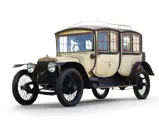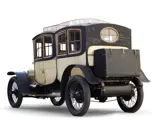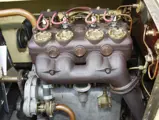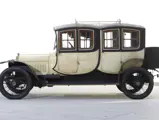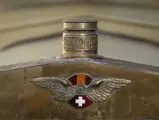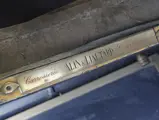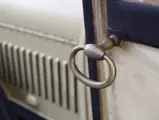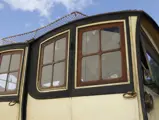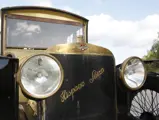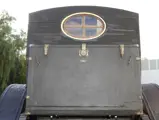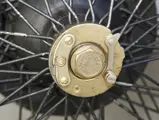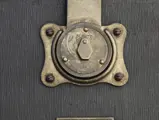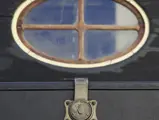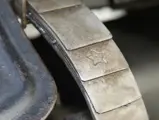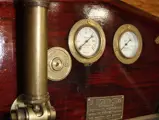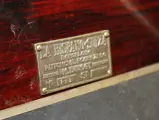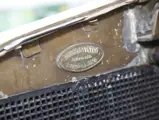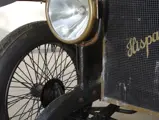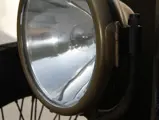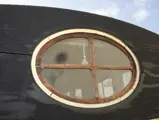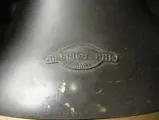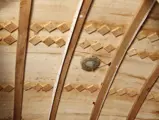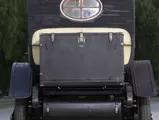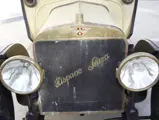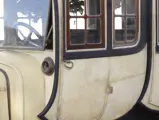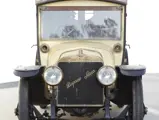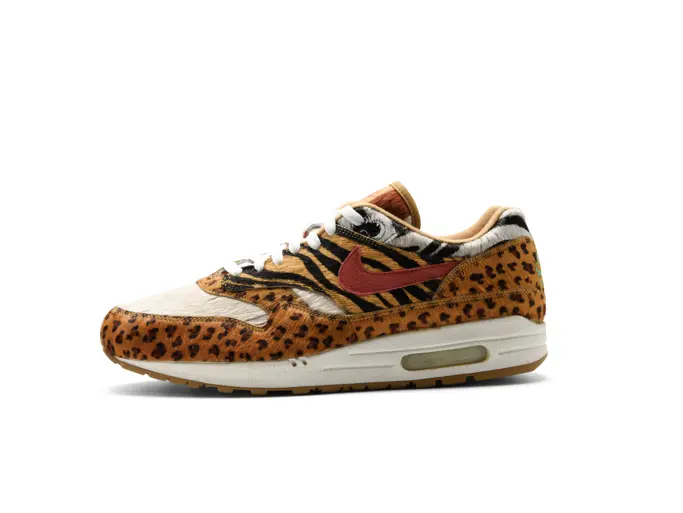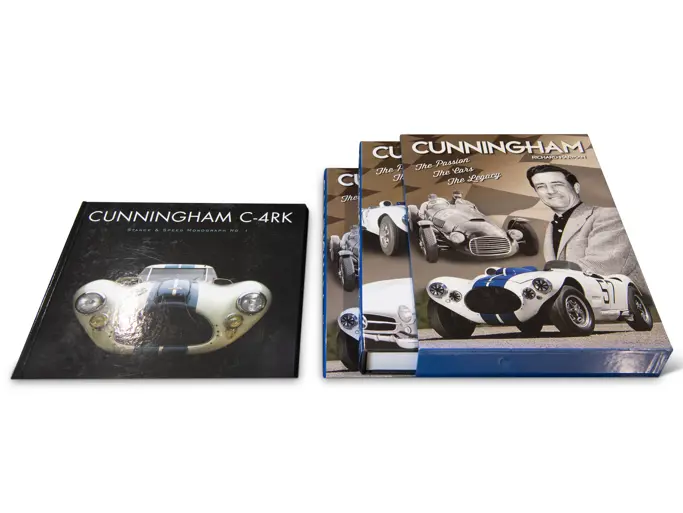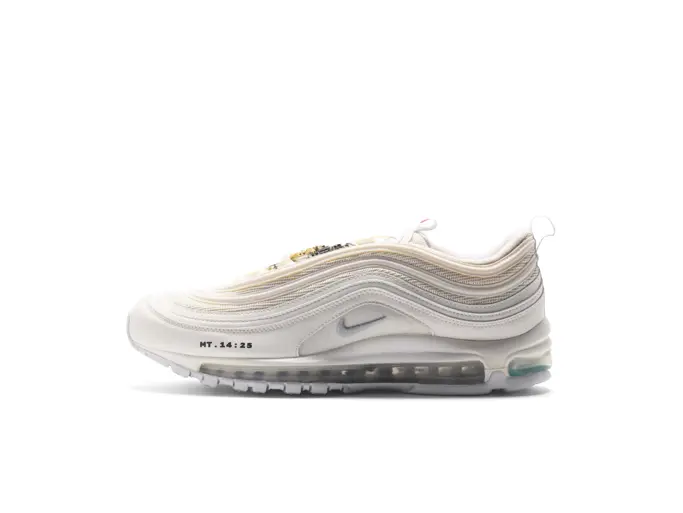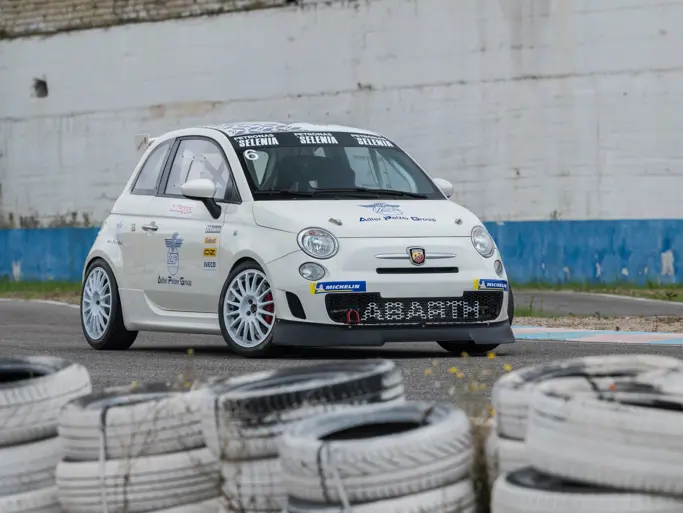Amelia Island 2012
1911 Hispano-Suiza “King Alfonso XIII” Double Berline by Carrosserie Alin & Liautard
{{lr.item.text}}
$750,000 - $1,000,000 USD | Not Sold
 | Amelia Island, Florida
| Amelia Island, Florida
{{internetCurrentBid}}
{{internetTimeLeft}}

Please note the title for this vehicle is in transit.
64 bhp, 3,620 cc inline four-cylinder engine, four-speed manual transmission, semi-elliptic leaf springs front and rear, rear mechanical drum brakes.
• One of only four built
• An extremely original and authentic example
• Fascinating history
Almost from the outset, individual owners of the Hispano-Suiza entered their cars into the various road races taking place around the world. Engineer Mark Birkigt formally entered the factory into these forays and consistently improved the performance of his team cars until they achieved an impressive string of racing successes, which translated into sales. Buyers clamored for a production version and Birkigt complied, introducing the 45-Cr “race” version, so named because it was officially rated at 45 horsepower. The new engine was the Type 15T, but to the public the model was officially marketed as the Type Alfonso XIII.
Young Alfonso XIII, King of Spain, took a great liking to the Hispano-Suiza marque early on; a pioneering and enthusiastic motorist, he bought the first of many Hispano-Suizas that he would own in 1905 and would ultimately have over 30 examples in his fleet, which led to the naming of the model after the marque’s biggest patron. The Birkigt-designed massive cast-iron Type 15T four-cylinder engine placed in the chassis produced a respectable 64 horsepower from a little over 3.6 liters of displacement, which was very respectable for the time period. With a top speed of 80 miles per hour, the Alfonso is also recognized as one of the first true sports cars and rivals even the hallowed Mercer that was built in the Americas. Consistent performance in those days was no accident, and the Alfonso achieved such feats due to the quality of machine parts, with even rough castings that were finer than what most other manufacturers were producing at the time.
With the introduction of the Alfonso XIII, the Hispano-Suiza had truly made its mark in the automotive world and began to find appeal far away from its home turf. In Great Britain, there was no advertising for the marque in The Autocar, but there were several pages dedicated to following the travels of an Alfonso within the Welsh borders; the car simply sold itself. Large early automobiles fall into a precious class; many were scrapped during war drives or lost to the ravages of time, and those that did survive were either forgotten, salted away or built from components which originated from various cars. Fortunately for historians and collectors, the example offered here has a relatively straightforward story. This example, chassis 718, is a very rare Colonial chassis. Only four examples were ever built, and it features larger diameter wheels and a lengthened chassis.
In the mid-1980s Patricio Chadwick and Emilio Polo were in Seville, Spain. They met an antique dealer and asked him if he knew of any Hispano-Suiza cars that might be in the area, and he pointed them in the direction of his client, the Marquis de Sanlucar de Barrameda. After a few phone calls, they arrived at Sanlucar Andalucia, an area famous for a very dry white wine called Fino. After tasting several, the Marquis agreed to sell his grandfather’s Alfonso XIII. The next day Chadwick and Polo arrived with a truck to collect the car, and the winery manager helped them load their prize; what they believed they had purchased was a complete rolling chassis with the remains of a touring body. The pair were surprised when the winery manager asked if they intended to take the other body! Chassis 718 was one of those special examples of an elite chassis that was ordered with seasonal bodies. Among the huge wine casks was this amazing Double Berline body by Carrosserie Alin & Liautard. According to the manager the body had not been moved in 40 years, which resulted in its exceptional state of preservation; to call this motor car a time-warp example is a massive understatement.
In the intervening years the chassis and suspension were sympathetically restored and rebuilt as necessary, but the craftsmen were careful to make the finish of the chassis match the wonderful patina of the body. The same treatment was likewise given to the engine and transmission, which has resulted in a consistent appearance. There is no shortage of charming details to behold on this car. Among them are the original Bleriot two-bulb headlamps, possibly an early hi-beam/low-beam setup, with Ducellier cowl lamps, a large roof rack and a fold-out windshield. The original interior is amazingly preserved for being almost a century old, while the fabric is so intricately woven that it could be compared more to the celebrated Flemish tapestries than automobile upholstery. Where the headliner has come away from the ceiling can be observed a series of small thin squares of wood, which would have given texture to the ceiling with the headliner attached. The dash is very nicely finished as well and still contains all of its original instruments.
The styling and curves of this gorgeous baroque winter body is amazing, with two separate compound curves making up the roof sections, which almost resemble ceiling vaults. The wood-framed windows are of such proportion that they appear to have come out of a home. When a car is restored to concours specifications, the high standards demanded today require complete recreation of otherwise serviceable parts. What is lost are fine details and markings that give an automobile character and authenticity. Among the myriad items found on chassis 718 are the markings on the trunk hardware and leaf springs, the original dash chassis plate and the plate that reads Radiadores Vintro Barcelona on the upper radiator tank. There are other pieces like the intricate brass locks on the original Hispano-Suiza center caps complemented by the nicely aged black wire spoke wheels.
Chassis 718 is a perfect example of sympathetic preservation. Any early example of the Hispano-Suiza marque is something special that should garner extra attention, but as a special long-wheelbase example of the revered Alfonso XIII, it is likely that there are no other direct comparisons to be had. Like the casks of wine which surrounded it for so much of its life, this 1913 Hispano-Suiza “Alfonso XIII” Double Berline has gotten better with age. It is, truly, one of the greatest antiques in existence.

